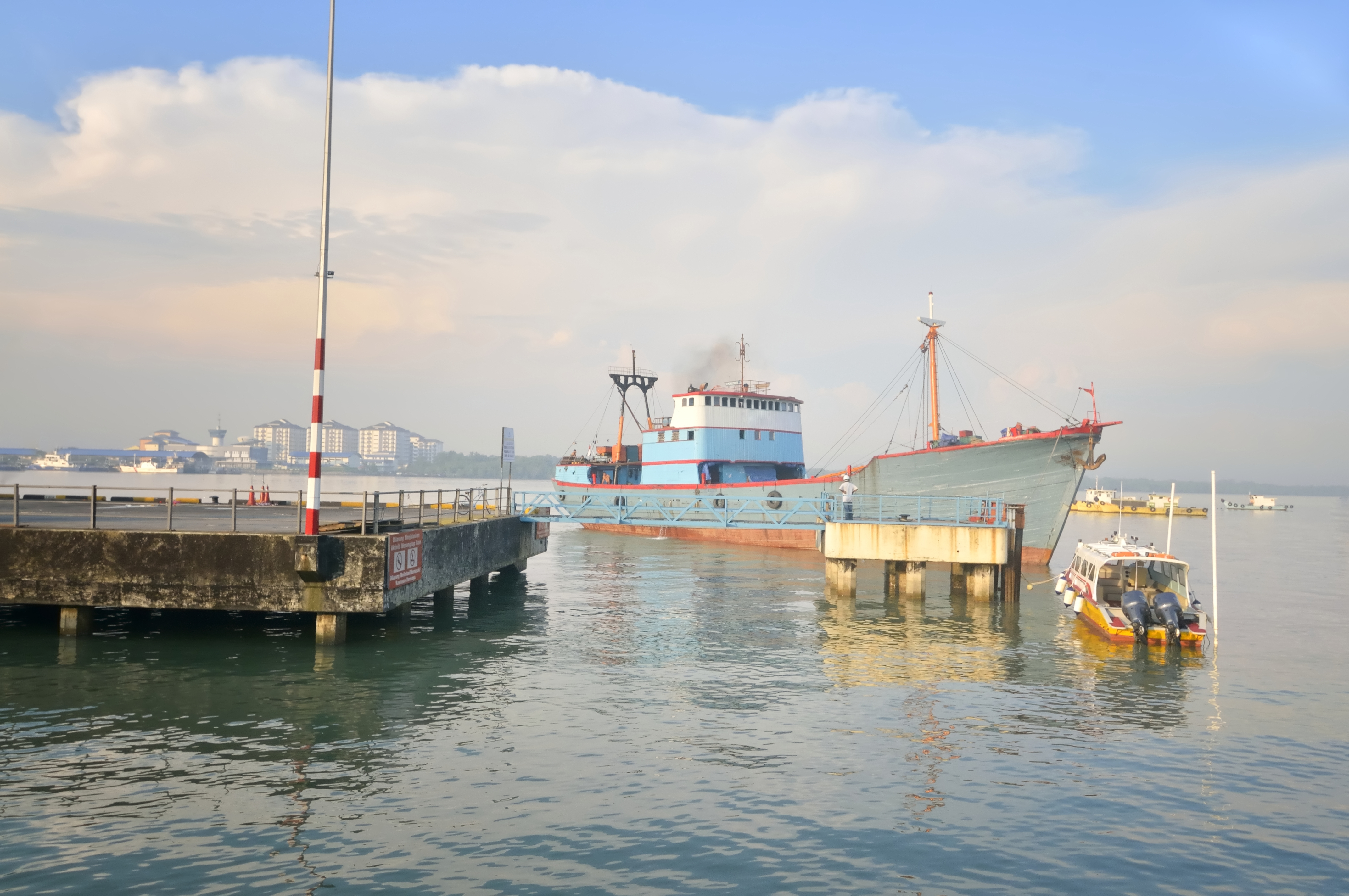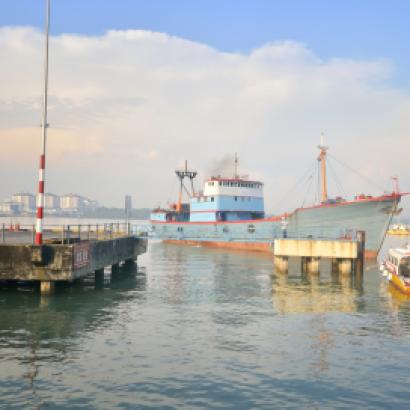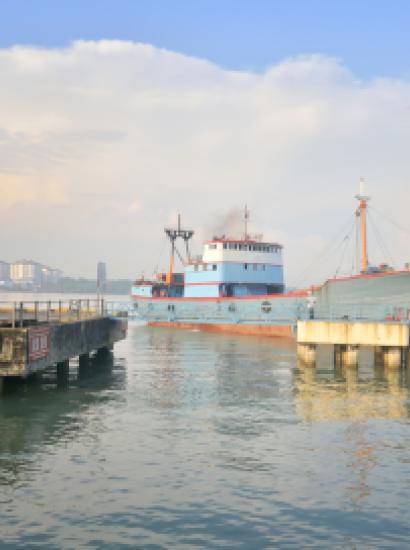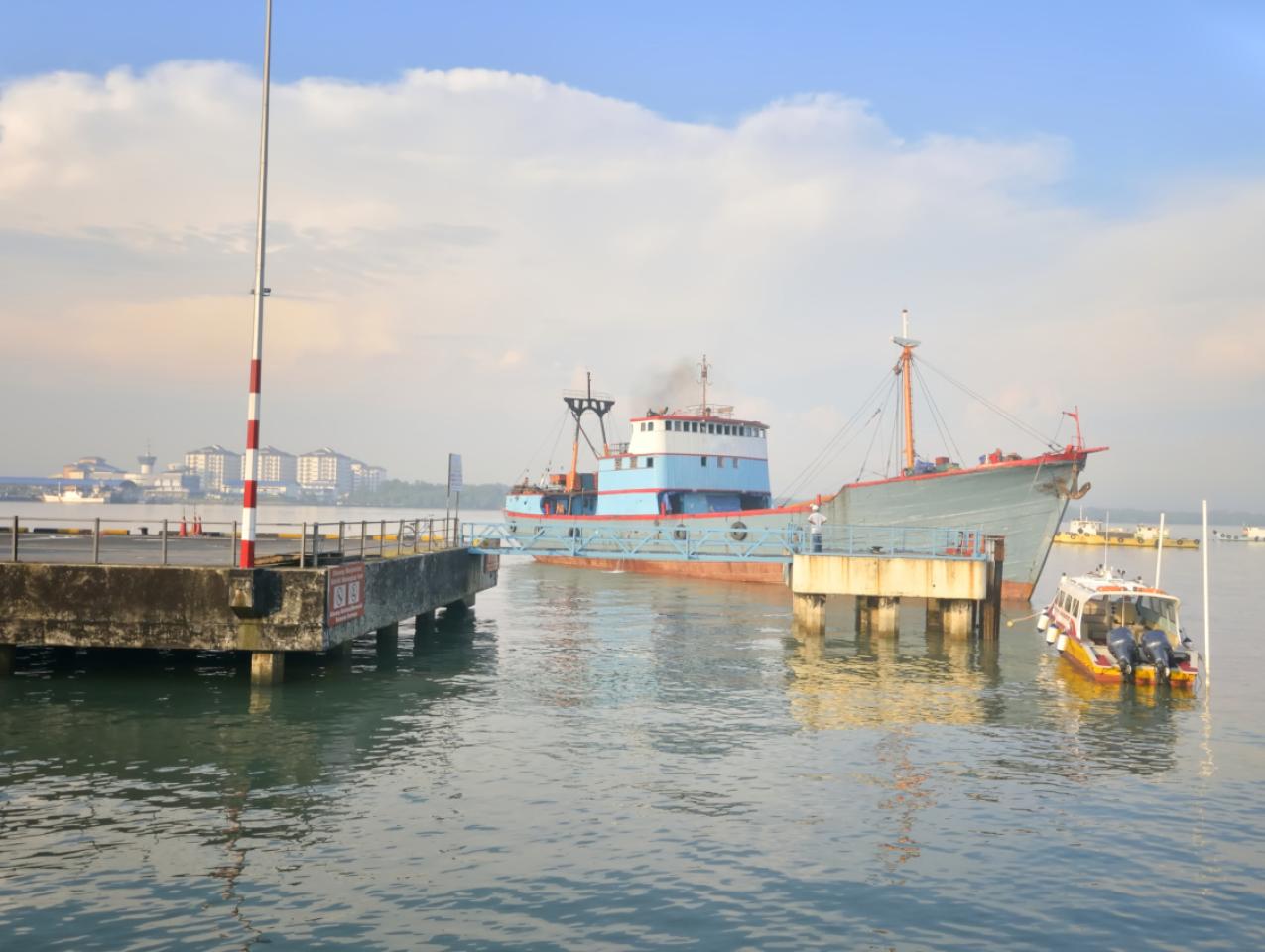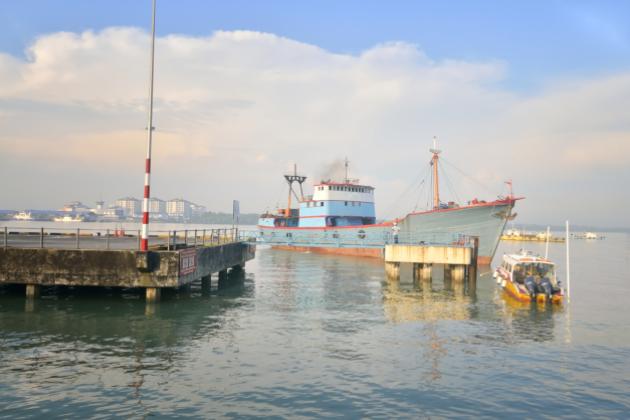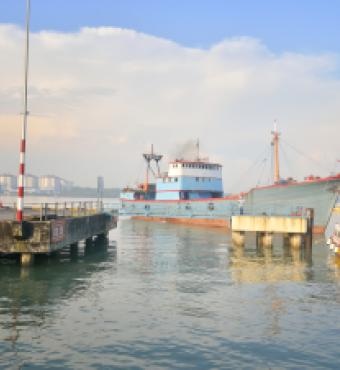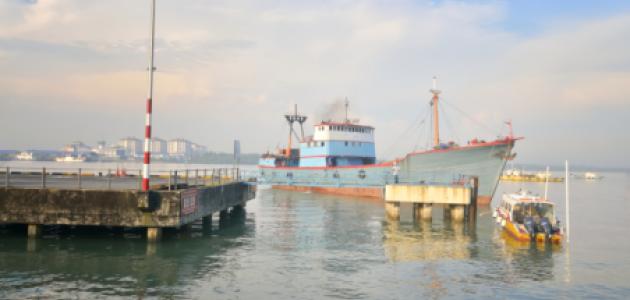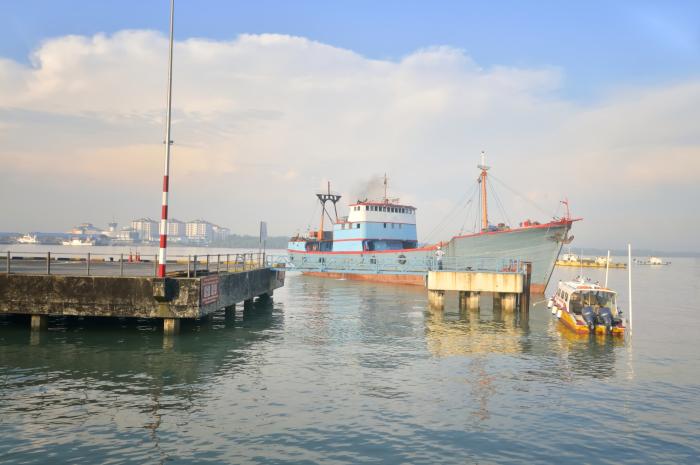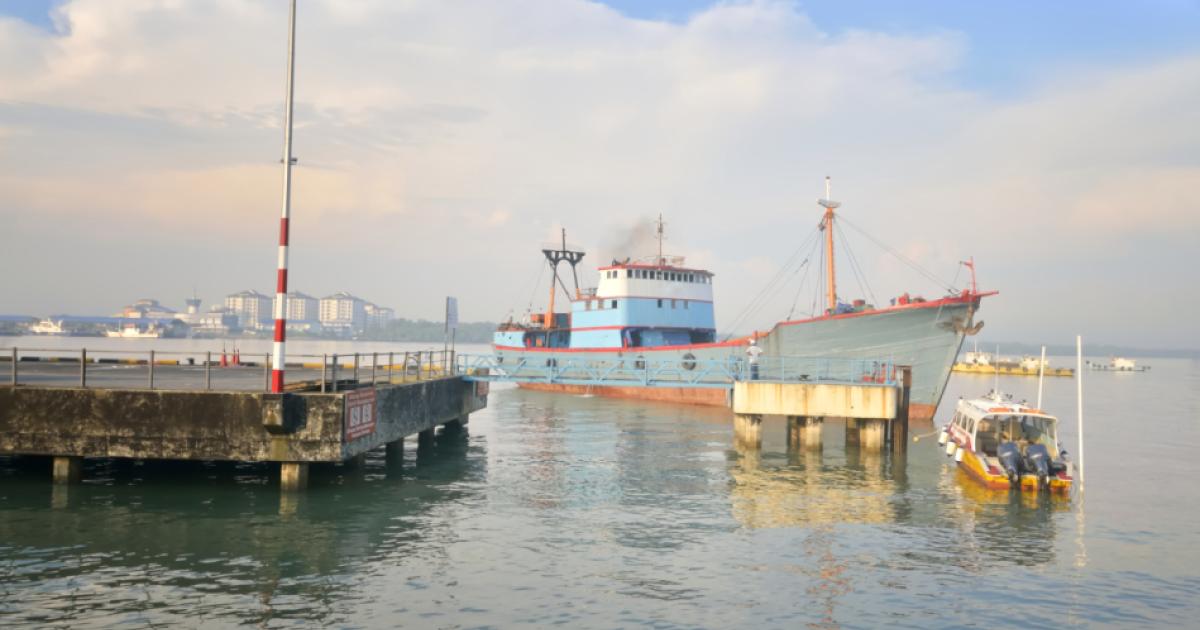Maritime Southeast Asia, the area circumscribed by the Malaysian peninsula, the Indonesian archipelago and the Philippines, is vital to US strategic concerns for two primary reasons. First, this region includes the South China Sea where American and Chinese ambitions may be heading toward direct conflict as China continues to press forward with its agenda of extending its reach. Second, the region is of crucial importance for world shipping routes that are vulnerable to potential disruption due to the geography of the narrow passages at the Sunda Strait (between the Indonesian islands of Java and Sumatra) and the Strait of Malacca (between Sumatra and the Malaysian peninsula). It is important that these ocean ways remain open to unencumbered passage and free trade, subject to the rule of law, and it is crucial that the US, as guarantor of the free seas, retain its capacity to project its power in the region and avoid being shut out by a competing power.
This is also a region in which Islam, including forms of political Islam and jihadism, play various roles. To be sure, Islam is associated primarily with the Middle East: the religion originated on the Arabian Peninsula, its holy text is written in Arabic which assures a privileged status to Arab culture, and the haj pilgrimage brings countless believers annually to Mecca. Yet despite this cultural hegemony of the Arab world within global Islam, the largest Muslim population centers lay elsewhere, particularly in Indonesia, the most populous Muslim country with approximately 225,000,000 Muslim inhabitants, (representing 87% of the country’s population according to a Pew Study of 2011). India, Pakistan and Bangladesh, none of them in the Middle East, follow with regard to the size of their Muslim populations. Indonesia houses roughly ten times as many Muslims as Saudi Arabia and three times as many as Egypt. Clearly, maritime Southeast Asia is, in terms of sheer numbers, more important as a Muslim region than is the Middle East, even if the Middle East countries are generally more homogenously Muslim (especially as their minority Christian populations flee).
Islam as a whole cannot be reduced to violent Islamism, and the large Southeast Asian Muslim populations are not necessarily incubators of the sorts of radicalism that have plagued the Middle East. However, the networks of travel and communication between the two regions facilitate a dissemination of extremism. External influences from the wars and ideologies of the Middle East have built on indigenous developments in Southeast Asia, contributing to potentials for violence and destabilization in Malaysia, Indonesia and the Philippines. Contributions to this Caravan have discussed the individual cases. For the region as a whole, it is important to recognize how the US has a strategic interest in preventing the emergence of a new Middle East, a new crucible for anti-western and anti-modern violence legitimated through Islamist rhetoric. A comprehensive agenda regarding both Islam and the Islamist challenge in the region should develop with at least three distinct dimensions: counter-terrorism and counter-insurgency; strategic alliances coupled with soft-power reform initiatives; realist responses to competing major powers.
Counter-terrorism and counter-insurgency: The conventional notion that Southeast Asian Islam, in contrast to the Middle Eastern variety, is exclusively peaceful and moderate is no longer tenable. Radical pockets have developed in all three main countries: the insurgency in Mindanao against the Philippine central government, evidence of terror networks in Malaysia, and an increasingly rigorous and strident political Islam in Aceh in Indonesia with ramifications for national politics in Jakarta. The US has an interest in preventing Islamist radicalism from destabilizing any of these regimes, albeit not through direct military involvement. A first alternative step would involve persuading Saudi Arabia, given the warming relations between Washington and Riyadh, to cease funding the spread of Wahhabism, an important contributor to extremism in this region and elsewhere.
Strategic Alliances and Reform: An important lesson from the Middle East is that the US can and must collaborate with Muslim-majority states in order to combat Islamist radicalism. A blanket rejection of Islam in general makes as little sense strategically and politically as it does philosophically. The US should therefore cultivate its relations with Muslim-majority Indonesia and Malaysia, encouraging their modernization, while also taking appropriately politic steps to encourage reform that will build political stability; this is particularly urgent in Malaysia where an extensive corruption scandal is unfolding. The US therefore requires diplomacy capable of cooperating with Muslim states. The Philippines, with a Catholic majority and facing a Muslim insurgency, is a different case; the country is a traditional US ally, and that alliance is in need of repair. Strong partnerships with the governments in Kuala Lumpur, Jakarta and Manila can strengthen the US hand in the South China Sea, while frayed relations will weaken it.
Major Power Competition: The key competitor in this region is of course China, which maintains complex ties to diverse Muslim populations, both domestically and overseas. Han Chinese are engaged in business activities in many Muslim countries, where however they are sometimes viewed with envy and have faced Islamist attacks, with potential policy ramifications for Beijing. Furthermore, within China, the Uyghurs (one of several Muslim minority groups) pose an irredentist threat in the western province of Xinjiang. The US requires a variegated agenda for Islam and China. There may be circumstances in which the US can side with China in combatting particular Islamist extremists, analogous to the collaboration with Russia in the campaign against ISIS in Syria. However, on other occasions, the US and China may have divergent interests. The US has little to gain by cooperating with the Chinese in repressive policies toward the Uyghurs. Not only is the severity of the reported repression in Xinjiang inconsistent with liberal democratic principles and American values. In addition, with regard to strategic calculations, the potential for Uyghur activism in the northwest of China might eventually limit Chinese willingness to escalate the conflict in the South China Sea.
Islam cuts across maritime Southeast Asia in complex ways, and the US therefore requires a grand strategy for the region capable of vital distinctions: Islamic capitalism in the high rises of Kuala Lumpur is not the same as the Islamist insurgency in the Philippines. Meanwhile, the competition with China in the region is playing out in several distinct theaters defined, in various ways, by Islam. A monolithic account is therefore necessarily inadequate. Strategic analysis has to recognize the regional complexity in order to guide an effective policy toward maintaining stability and defending US interests.







